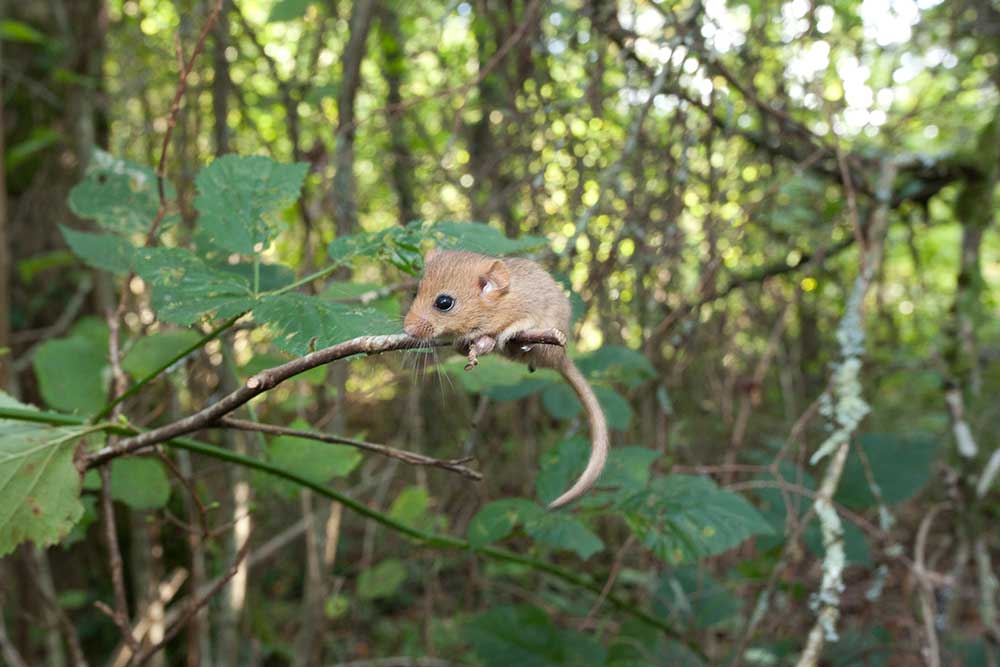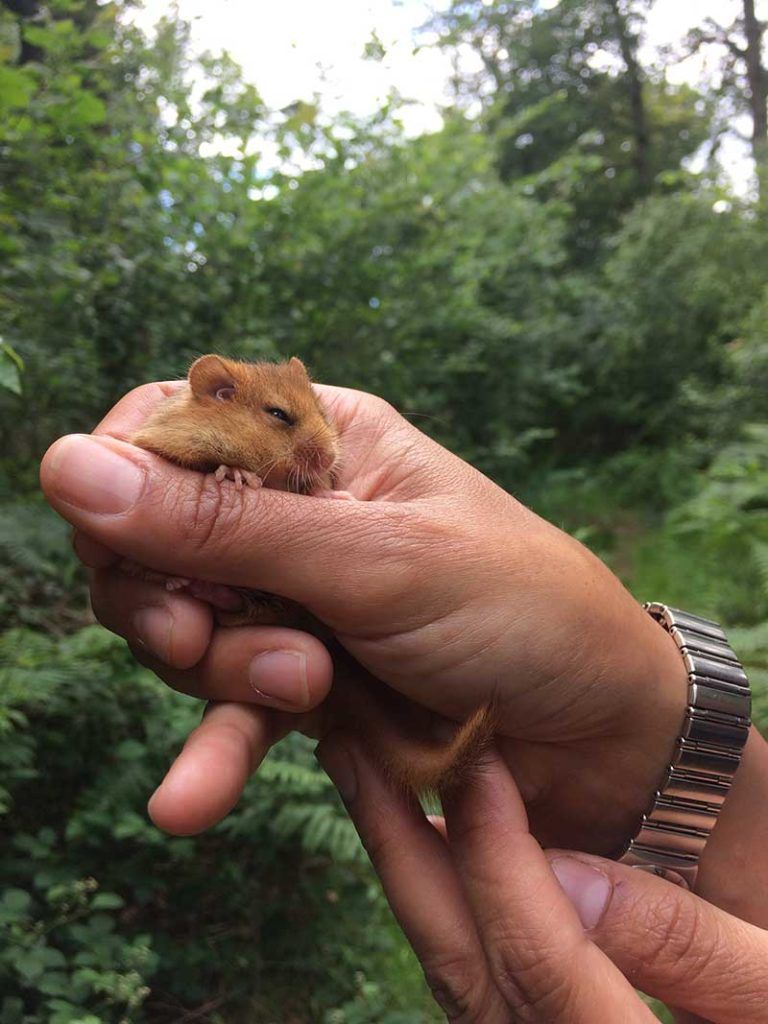National Dormouse Database (NDD)

The National Dormouse Database was set up to record one-off sightings of dormice to provide information on their range and also where populations are likely to exist within their current known range. It is important to keep the information on where populations are likely to be up to date as Natural England will only accept a record of dormouse presence if it is no more than 3 years old.
From data in the NDD it is known that natural dormouse populations have become extinct in at least 17 counties of Britain.
A good animal record needs to contain the following information:
- Who is the person who making the record, i.e. their name.
- What the species is (if possible please send evidence of presence, i.e. a photo).
- Where was the animal seen (this is usually a grid reference of where the animal was seen but it could be a postcode of the locality).
- When was the animal seen (at least the month and year).

Hazel dormice are frequently misidentified. All records that are entered into the NDD will need to be verified and photographic evidence is very useful to aid this process. NDD records can be submitted here.
We have been working to save hazel dormice in the UK for over 20 years. Find out about our campaigns and how you can help.
